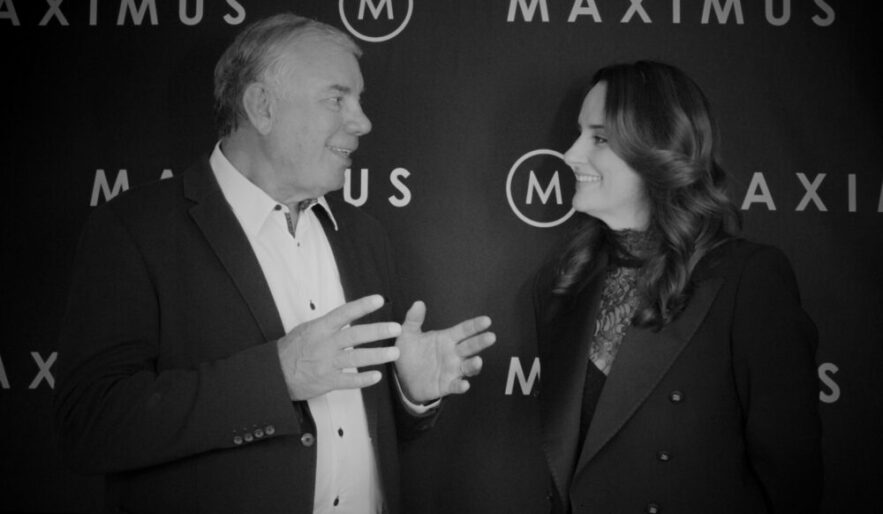A successful leader brings clarity and focus to complex topics; makes sure the right systems, strategies and people are in place; and positions their business to seize new opportunities. The relatively new discipline of human capital analytics supports these goals by distilling critical workforce insights, yet most of Australia’s CEOs are ignoring it.
HIDING IN PLAIN SIGHT
Senior executives are bombarded by large quantities of people-based data. Unfortunately, the data rarely moves beyond standard HR metrics so its use is limited.
Human capital analytics makes basic HR data more useful by combining extra layers and then applying advanced analytical tools. The result is a three-dimensional view of people-related issues that is invaluable for overall business strategy as well as HR planning.
Human capital data analytics expert and Co-Founder of QHR, Alicia Roach, has helped companies make smarter workforce decisions by integrating workforce analytics with other critical sources, including business plans and forecasts, qualitative research (exit interviews, staff surveys), social media, competitor activity, industry statistics, and cross-functional data such as finance and customer relationship management systems.
LOST OPPORTUNITY
As well as shining a light on the past, when done correctly, human capital data analytics provides a means to look forward that can inform overall business strategy and help prioritise investment. It provides fact-based links between people programs and key business performance metrics, identifies the most pressing people management issues, and predicts future workforce challenges.
This has the power to shift HR beyond administration and compliance into a more commercial role. With many CEOs concerned about the impact of people issues on sustainable growth, introducing human capital analytics is a great way for HR to show the business value it can add. It enables CEOs to apply the same rigour to people-based investment decisions as it does to decisions in the rest of the key business areas.
However, it remains an emerging discipline that is not broadly understood. When I ask HR directors and CEOs why they are so wary, many are concerned about the perceived scale of investment required in systems integration, training, and upskilling before they see results.
NEED FOR VISION
Alicia sees no need for delay: “Organisations often wait for the perfect time to launch their analytics efforts for the HR realm. It is especially common for companies to wait for data-capture nirvana before progressing up the maturity curve. However, sophisticated analytic approaches can deliver immediate insights to have a powerful impact now.
This article was originally published for CEO Magazine








